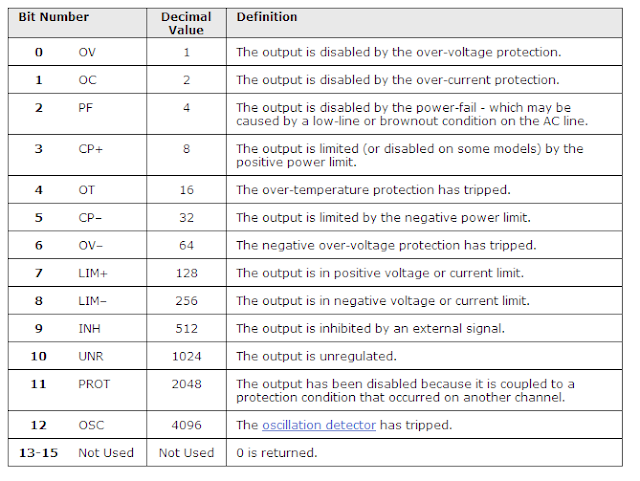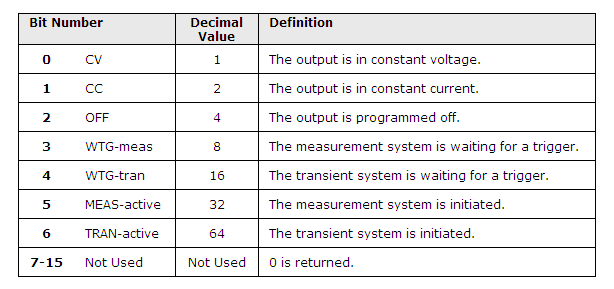Earlier this week, the winners of Agilent’s Test of Time power
supply contest were announced. Here is a link to the press release:
I found the Test of Time contest to be quite interesting and I was honored to be one of the judges for the contest. The contest invited engineers who were using vintage Agilent or Hewlett-Packard (is there a “vintage” Agilent supply?) or even the older Harrison Labs power supplies (HP power supplies started as Harrison Labs power supplies) to describe their application, writing about how the instrument has been used over the years and how they are using it today. We received quite a few entries and we had extensive discussions to choose what we considered the best entry based on the contest rules. Go to this link for the home page of the contest and select the Gallery tab to see all of the entries:
http://powercontest.tm.agilent.com/
Richard Factor, of Little Ferry, NJ (I did not know he was
from NJ until after I submitted my choices as a judge) won one of the prizes:
an N6705B DC Power Analyzer with three modules installed. Quite a nice prize,
and well deserved based on Richard’s entry!
Richard used an old HP 6186B in an application that
basically turned his Toyota Prius into a backup generator for his house during
a power failure. Now that’s what I call a unique application! You can read more
about it at these links:
Simon Jensen of Husum, Germany, also won an N6705B for his
entry. Simon’s entry was chosen by readers of the stories who voted for their
favorite. Simon used an Agilent 6632B power supply as an inexpensive load to
sink current from a switching power supply he built. As Simon correctly points
out, the nameplate on this power supply does not reveal all of its
capabilities. It says 0 to 5 A, but it can also sink a programmable, regulated
current like an electronic load. So the nameplate should say -5 A to +5 A, as
pointed out by Simon!
Having worked for HP/Agilent on power products for more than
32 years (since 1980), it was not too surprising for me to see so many
interesting applications for our products. I was also delighted, and not too
surprised, to see how many of our older power supplies are still out there,
providing power, decades after they were introduced! Now that’s what I call “vintage
voltage”!!


